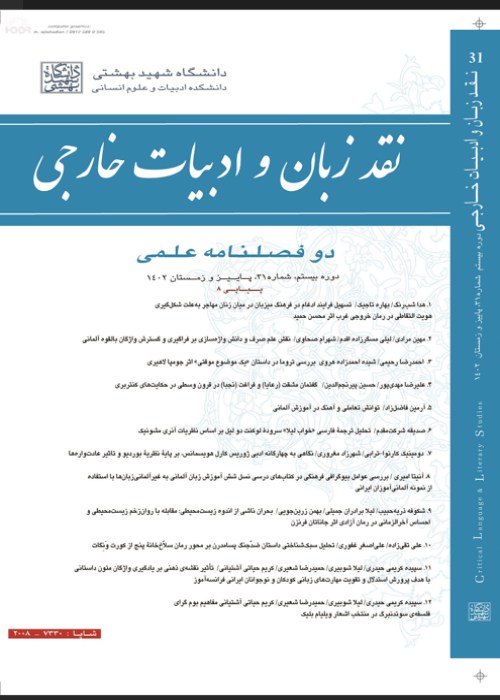On the Effect of Hard, Soft, Reciprocal, and Virtual Scaffolding Types on Iranian EFL Learners' Reading Strategy Development
The present study was designed following a scaffolding principle of sociocultural theory (Wood, Bruner & Ross, 1976) with an attempt to investigate the role of the four scaffolding techniques, namely Hard, Soft (Saye & Brush, 2002), Reciprocal (Holton & Clarke, 2006), and Virtual (Yelland & Masters, 2007) in developing reading strategy of Iranian EFL learners. To accomplish the project, 80 homogeneous intermediate level male and female EFL learners with the age range of 19 to 25 in one of the language institutes in Bandar Abbas were chosen from 100 intermediate students according to their performance in a sample Preliminary English Test (PET) which was first piloted with 30 students with similar characteristics to check the reliability of the test. The selected participants were randomly divided into 4 groups, namely Soft Scaffolding Group (SSG), Hard Scaffolding Group (HSG), Reciprocal Scaffolding Group (RSG), and Virtual Scaffolding Group (VSG). The learners in all groups received a survey of reading strategies (Sheorey & Mokhtari, 2002), their respective intervention, and the survey of reading strategies as a posttest. Likewise, in the qualitative section of the study, the learners’ self-reports as well as the teacher’s observations were used to collect the data. The collected data were analyzed through SPSS software version 25, employing one-way ANOVA and multivariate ANOVA (MANOVA) to compare the mean scores of the four experimental groups on the posttest reading strategies. The qualitative data pertained to the learners’ reports and teacher’s classroom observations were analyzed using open and axial coding methods. In terms of reading strategies, the results revealed that not only traditional and virtual scaffolding treatments had different effects on the development of global, problem solving, and supporting reading strategies among Iranian EFL learners, the hard scaffolding group (as a traditional scaffolding group) had the highest use of reading strategies followed by the virtual scaffolding group. Nevertheless, reciprocal and soft scaffolding groups (following other traditional forms of scaffolding) similarly had less use of reading strategies. Findings of this study extended earlier understandings of scaffolding in an EFL environment and could contribute to the advancement of future courses in terms of their scaffolding pedagogical aspects.
- حق عضویت دریافتی صرف حمایت از نشریات عضو و نگهداری، تکمیل و توسعه مگیران میشود.
- پرداخت حق اشتراک و دانلود مقالات اجازه بازنشر آن در سایر رسانههای چاپی و دیجیتال را به کاربر نمیدهد.


